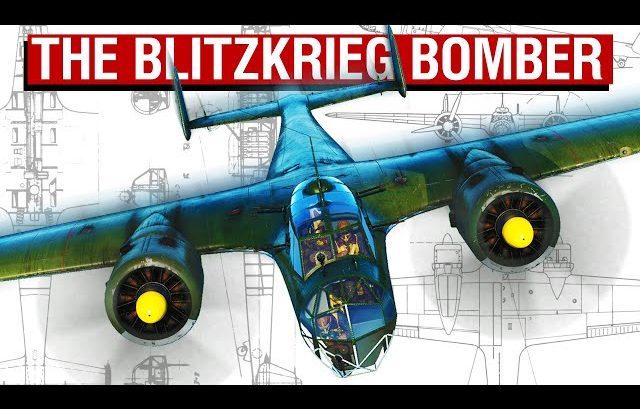The Dornier Do 17 is an aircraft that was nicknamed after its looks, often called the Flying Pencil because of its slim fuselage and tail.
It would eventually earn a reputation of being an excellent low-altitude, high-speed, strike aircraft, not quite something you’d immediately link with a twin-engine bomber of this period.
First Appearance
This plane made its debut as a military aircraft during the Spanish Civil War, doing both bomber and reconnaissance roles.
During the start of WWII, along with the Heinkel He 111, it became the backbone of Germany’s bomber arm over Poland.
Battle of France
The Fortunes of the Do-17s rose and fell each passing day during the Battle of France. As the situation became more desperate for the French, Do 17 losses began to ease.
Despite the toll on individual aircraft units, the operations in France can be easily considered a high point of the Do 17’s military career. However, that would gradually be revered as the air war transitioned into the Battle of Britain.
Battle of Britain
By now, the production of the aircraft had ceased, and the plane was primarily involved in reconnaissance missions or convoy attacks. Also, during this time, some Do 17 aircrews continued to transition to the Junkers Ju 88.
Despite it being noticeably outclassed by the time of the Battle of Britain, particularly if it came up against patrolling fighters, the Do 17 would become at least according to most writers on the subject the most feared of the Luftwaffe’s twin-engine aircraft.
Low Altitude Performance
The Luftwaffe also did its best to exploit the aircraft’s biggest strength- it’s low-altitude performance. When the Battle of Britain transitioned from channel raids to strikes on British airfields and radar installations, Do 17s were sent across remarkably low altitudes.
These planes were able to avoid radar detection, and if they were extra lucky, they also avoided visual detection up until the critical moment. The Do 17s trick made it a fearsome opponent for ground-based air defenses who had minimum time to react.
The Blitz Begins
However, the Luftwaffe made a colossal error of throwing away the Do 17’s main advantage- its low altitude performance and committing it to medium altitude bombing missions from the start of September as the Blitz began.
Also, the Do 17’s role as a frontline bomber rapidly diminished. The majority of its missions were now done at night and often in support of bigger formations of more capable aircraft.
Decline
While not used anymore as a frontline unit, they would remain in use in one form or another right up until the end of the war. Many of these planes were used as glider tugs to assist in the transport of supplies to encircled or retreating Wehrmacht forces. Others continued to be used as a night-time reconnaissance role, a considerably less risky and secondary occupation.
The last major operations of the Do 17 in numbers were in various training and communications units that did their best to keep up with the needs of a war machine that was very quickly seeing the odds turn against it.



